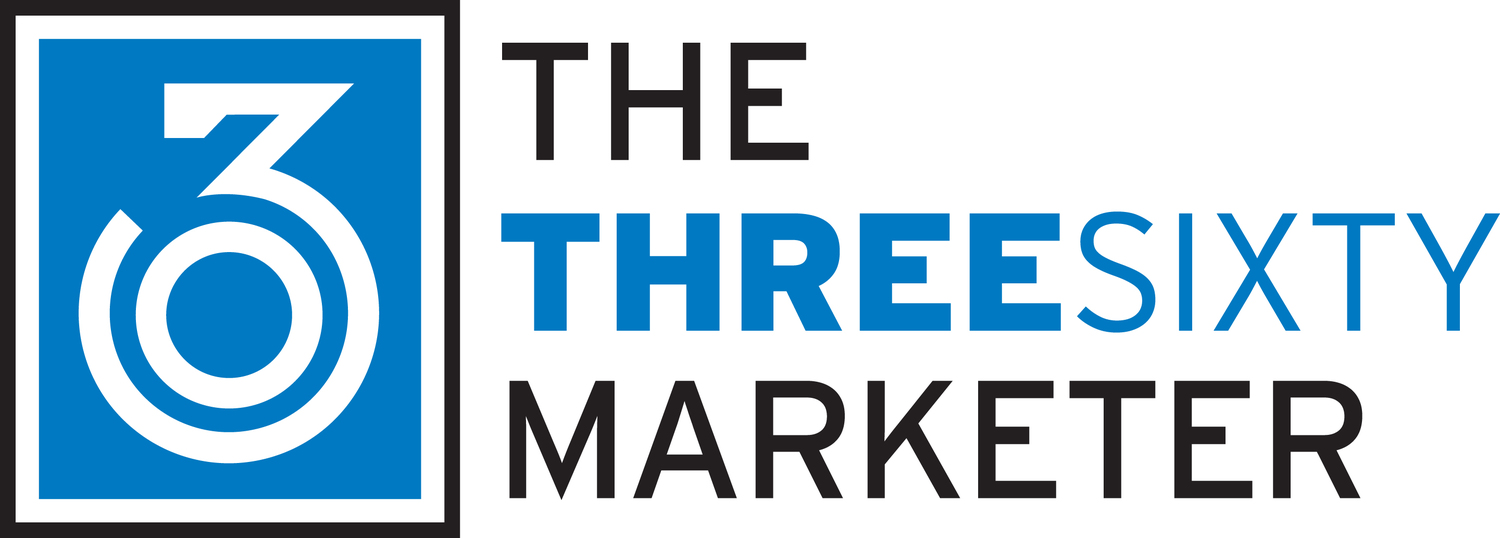Rolling Back....Medicine
/The recent opening of several primary care clinics by Wal-Mart is among the latest examples of how our health care delivery landscape continues to evolve. And when the nation’s largest retailer decides to offer medical services, it is certainly a move worth noting. While the overall number of primary care clinics that Wal-Mart currently operates is just a handful in a couple of states, the potential to scale is enormous.
If the king of rolling back prices, rolls back medical care too should the independent primary care physician be concerned? Will Main Street Medicine be the latest casualty to the popularity of mega-retailers?
To answer this requires looking at the motivation for patients to seek out medical care at a clinic in a Wal-Mart store. First of all, think of them more as health care consumers rather than patients. They are shopping for convenient hours, the flexibility of not requiring an appointment, the comfort of dealing with minor health care questions and to do all of this affordably.
When faced with these reasons to use a retail health clinic, today’s independent primary care practice needs to consider how they have evolved. Patients’ lives have been transformed by technology over the past 25 years. We consume information and connect with friends and family through a myriad of media that did not exist a quarter century ago. Now compare to today’s medical practice. It just does not look very much different than it did 20 or 30 years ago. Patients call for an appointment, visit the practice, hundreds if not thousands of paper charts are still in view. Lab orders and results are faxed each day. Follow-up questions and responses are being handled by phone calls.
And yet there are many facets of health care that most of us would not want to change:
The knowledge of our family by a trusted and experienced physician.
The familiarity and comfort of a practice team that we’ve seen for years.
The personal attention and privacy our health care deserves.
These are qualities that reflect years if not decades of caregiving that cannot be replaced. Prices can be “rolled back” but this kind of care cannot be instantly manufactured.
But we’ve changed as a society and in as much as the heritage of health care lies in the trust we have with our primary care physician; we are looking for a relationship that meets today’s lifestyle. The good news is that technology offers the traditional primary care practice the modern tools to meet this need.
Online appointment scheduling by patients, secure video consultations, a web-based patient portal for both physician and patient to exchange information and to ask and answer questions big and small. The convenience of paying for balances, co-pays and deductibles by credit card. Returning home to have a visit note summary from your doctor waiting for you in your secure portal. Asking for a prescription refill without being placed on hold. Having your lab result with your doctor’s comments available to you. These tools are available now for a practice to provide greater convenience, easier access and an online experience to their patients that complements their in-practice care. They extend a practice beyond the four walls of the clinic while leveraging the equity a physician has built up over years with his/her patients.
A retail clinic may be able to open in weeks but a physician’s relationship with their patients takes years to match. By embracing the capabilities to be more accessible to patients through a secure cloud-based technology platform, a practice can channel this patient equity to offer greater convenience and remain competitive. The answer to another’s rolling back of medicine is to fast-forward with technology.



